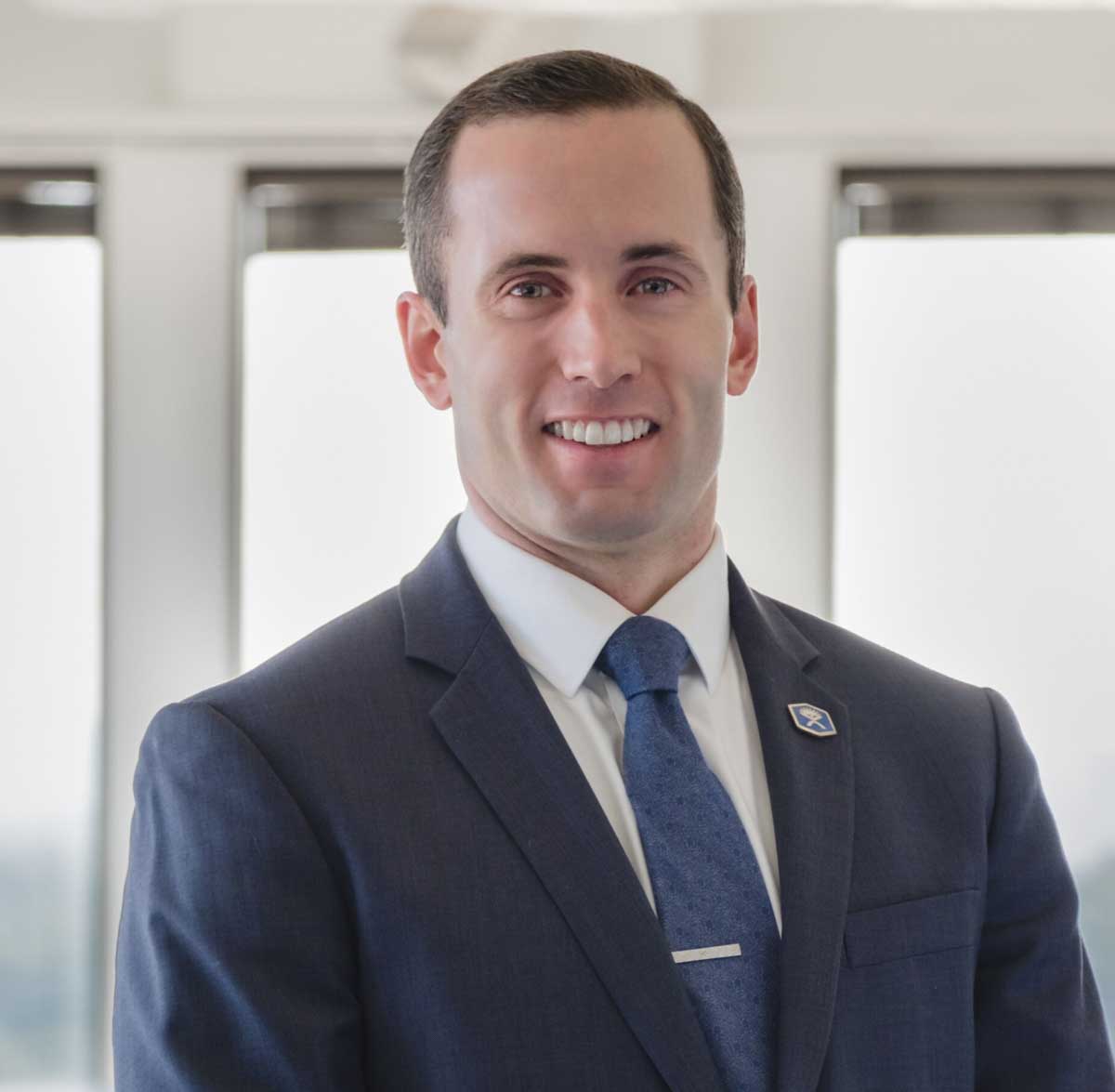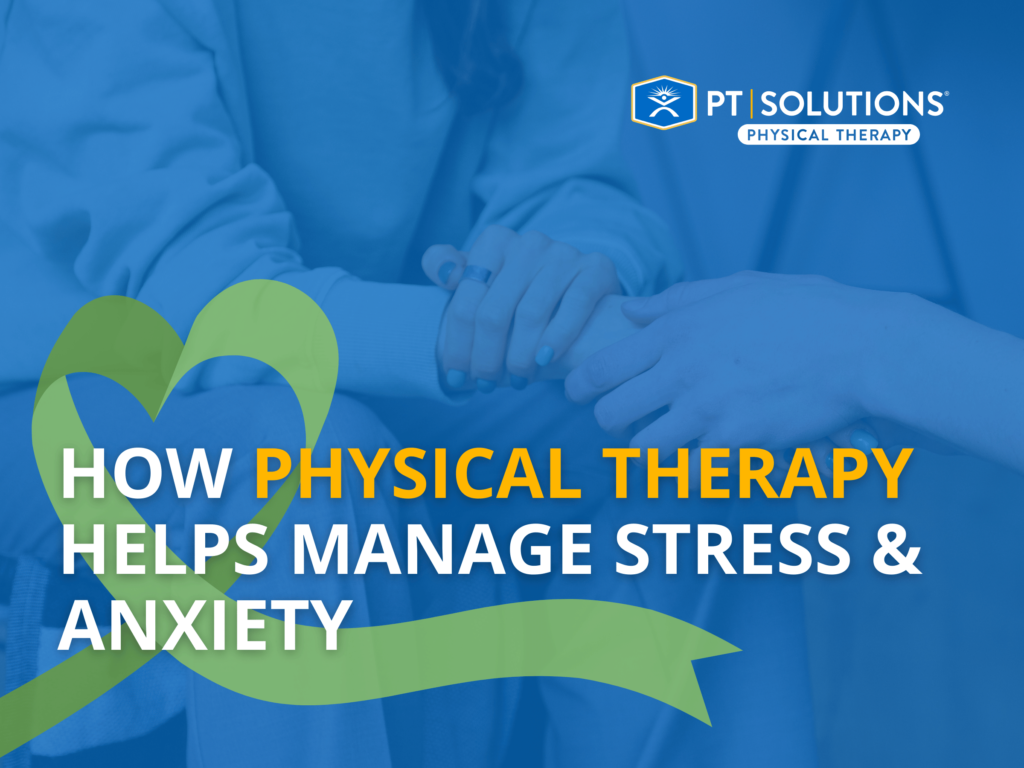Featured Posts
How Physical Therapy Can Treat Arthritis in Your Shoulder
August 29, 2021

Shoulder pain is frustrating and can impede on your life. The good news is in most cases, you don’t need surgery or injections for your shoulder pain. Even rotator cuff tears respond well to conservative care, such as physical therapy.
One of the potential causes of shoulder pain is arthritis, however, this condition is often misunderstood. This article will help you better understand shoulder arthritis and ways to treat it.
Understanding arthritis
The term ‘arthritis’ is incomplete and can be misleading as there are a couple of forms of arthritis. Rheumatoid arthritis, for example, is an autoimmune disorder that creates inflammation and thickening of joint capsules. When people say they have arthritis, however, they are often referring to osteoarthritis.
Osteoarthritis is the breakdown of joint cartilage – the protective covering around bones within a joint space. The most common symptoms are pain and stiffness. Keep in mind, the severity of osteoarthritis is poorly correlated with pain. Many studies show significant osteoarthritis and little to no pain and vice versa. Pain is complex.
Osteoarthritis is a normal part of aging. That does not mean it is irrelevant, but rather, it is not something that can be completely avoided. The speed of breakdown is highly variable, however. Why does this matter if pain is poorly correlated? Again, pain is complex, but osteoarthritis can contribute to the experience of pain. The key is knowing the other factors that lead to osteoarthritis being a painful condition.
Genetics and certain diseases can increase the prevalence of osteoarthritis in your shoulder and other regions of the body, but I will focus on the factors we can control, such as diet, exercise, and lifestyle habits (sleep, smoking, stress). Obesity is one of the primary causes of osteoarthritis and is directly related to the previously mentioned factors we can control. Obesity, exercise, and lifestyle habits create neurologic and metabolic changes, influencing the experience of pain.
This is one of the reasons why surgery does not work for chronic pain. Instead, exercise should be the primary focus for treating shoulder osteoarthritis. But doesn’t exercise cause osteoarthritis, too?
Exercise as treatment for arthritis
Research shows people with more physically laborious jobs are more likely to develop osteoarthritis, however, the issue is the repetitive nature of some labor-intensive jobs (e.g working on an assembly line).
Being physically active – provided your diet and sleep are appropriate to help with recovery – is beneficial for your overall health. If you are eating and sleeping poorly, it is challenging for your body to recover and handle the rigors of physically laborious jobs. You can facilitate recovery through switching tasks – work rotations or cross-training – and rest breaks.
What about structured exercise outside of work?
While walking can be beneficial for general health and reduce pain, exercise programs that include strengthening, flexibility, and cardiovascular fitness training are better for osteoarthritis. Furthermore, exercise can improve confidence with movement, reduce fear of activity, and tackle anxiety and depression.
Since osteoarthritis can be painful, people often use the affected joint less. This can lead to weakening of muscle in the area. Osteoarthritis in the shoulder may lead to degeneration of muscles in and around the shoulder. To reverse this, shoulder-specific strengthening exercises should be completed. General exercises should not be ignored, however.
Mobility at the shoulder is influenced by strength and mobility in the back. Cardiovascular health influences your body’s ability to heal. Research has shown lower body exercise and cardiovascular exercise can reduce shoulder pain. You shouldn’t exclusively focus on the shoulder. Osteoarthritis often causes people to be less active overall, causing deconditioning and worsening of overall health. Any level of physical fitness training will improve your body’s resilience and physical capacity.
To achieve the benefits of exercise, you want to make sure you are exercising at an appropriate intensity. A personalized approach is always better than a generic one.
Treating shoulder arthritis with physical therapy
Research shows conservative treatment – including physical therapy – is effective for treating shoulder osteoarthritis. Injections and surgery are not the answer. They don’t treat the issues and the side effects can make the problem worse.
With that said, all physical therapy is not created equal.
If you seek physical therapy, exercise must be part of the process. You should also receive education on pain. If your treatment is primarily modalities – heat, ice, e-stim, ultrasound – or manual therapy – joint manipulation, mobilization, massage – then you should seek a new physical therapist.
Modalities and manual therapy can provide mild short-term relief, but they don’t address the issues or build your body’s strength and physical capacity. Think of them as medications without the side effects. They have some benefit, but they are not the answer and should not be relied upon.
Exercise should be targeted as well. You should not be going through a generic exercise flowsheet or completing low-intensity exercises exclusively. Pulleys, yellow bands, and ball rolls may help in early post-operative stages, but they do not build endurance, muscle, or strength. Lastly, posture does not matter.
Seriously. Research is crystal clear that posture is not the cause of your pain. Whether it is lifting mechanics or slouching while scrolling through social media on your phone, you can safely adopt any posture you like. Exercise should focus on building endurance, strength, and resilience.
This does not mean you should be exercising like you are preparing for the CrossFit games, but you should be challenging your body. This is where a skilled physical therapist can help. They will incorporate appropriate shoulder exercises into a comprehensive treatment plan. Good physical therapists avoid tunnel vision. The shoulder may be in pain, but it should not be the only area of focus.
If you are interested in learning more, schedule an appointment with one of our local physical therapists.
ABOUT THE AUTHOR

Zach has numerous research publications in peer-reviewed rehabilitation and medical journals. He has developed and taught weekend continuing education courses in the areas of plan of care development, exercise prescription, pain science, and nutrition. He has presented full education sessions at APTA NEXT conference and ACRM, PTAG, and FOTO annual conferences multiple platforms sessions and posters at CSM.
Zach is an active member of the Orthopedic and Research sections of the American Physical Therapy Association and the Physical Therapy Association of Georgia. He currently served on the APTA Science and Practice Affairs Committee and the PTAG Barney Poole Leadership Academy.



